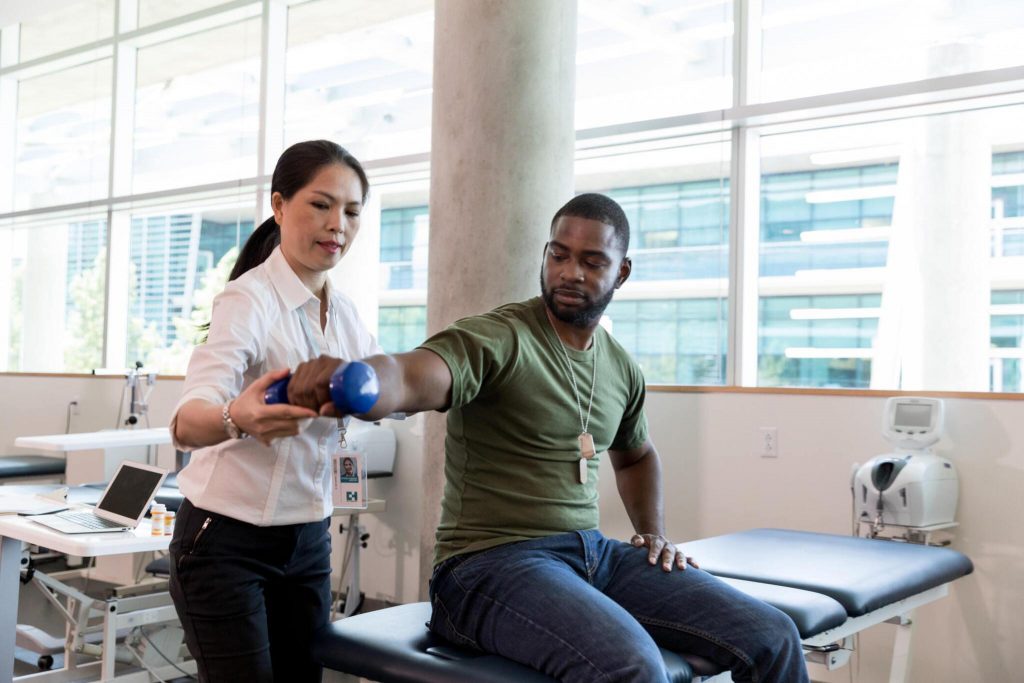In recent years, there has been a paradigm shift in the way we approach cancer treatment. Therapies like chemotherapy and radiation, healthcare professionals are increasingly recognizing the importance of incorporating lifestyle interventions into cancer care.
One such intervention that has gained significant attention is exercise. Physical activity during cancer treatment offers numerous benefits, improving treatment outcomes and enhancing quality of life.
We delve into the emerging field of exercise oncology and how incorporating exercise into cancer care can be akin to prescribing medicine.
Understanding the Link Between Exercise and Cancer
Historically, cancer patients were often advised to rest and avoid physical exertion. A growing body of research has challenged this notion, We know about the exercise for cancer that can be helpful for our body, highlighting the potential benefits of exercise for cancer patients.

Studies have consistently demonstrated that regular exercise can mitigate many of the side effects associated with cancer treatment, such as fatigue, nausea, and loss of muscle mass.
Physical activity has been shown to boost immune function, reduce inflammation, and enhance the certain cancer therapies.
The Physiological Impact of Exercise on Cancer
At a cellular level, exercise exerts profound effects on various physiological processes that are relevant to cancer development and progression. For instance, regular physical activity has been shown to modulate insulin levels and improve insulin sensitivity.
Which may help reduce the risk of certain cancers, such as breast and colon cancer, additionally, exercise can alter the production of hormones like estrogen and testosterone, which play key roles in hormone-sensitive cancers.
Exercise promotes the release of endorphins and other neurotransmitters that can alleviate pain and improve mood, providing much-needed relief for cancer patients grappling with physical discomfort and emotional distress.
By enhancing cardiovascular health and promoting overall well-being, incorporating proper nutrition alongside exercise can empower cancer patients to cope better with the challenges
Tailoring Exercise Prescriptions for Cancer Patients
While the benefits of exercise for cancer patients are undeniable, it’s essential to recognize that not all forms of physical activity are suitable for every one.
Factors like stage of cancer, treatment modalities, and existing health conditions must be taken into account when designing exercise prescriptions. A personalized approach is crucial to ensure that exercise interventions are safe and effective for each patient.

Aerobic activities like walking, cycling, or swimming can improve cardiovascular fitness and stamina. While strength training exercises, such as lifting weights or using resistance bands, can help preserve muscle mass and bone density.
Flexibility exercises like yoga or stretching can enhance mobility and alleviate muscle tension, promoting relaxation and stress relief.
Overcoming Barriers to Exercise Adherence
Despite the proven benefits of exercise, many cancer patients face significant barriers to incorporating physical activity into their treatment regimen. Fatigue, pain, and treatment-related side effects can make it challenging to muster the energy and motivation to exercise regularly.
Healthcare providers must take a proactive approach to support and empower cancer patients to adopt and maintain an active lifestyle.
This may involve providing education and counseling about exercises, offering practical strategies for common obstacles and connecting patients. Such as exercise programs, support groups and community-based initiatives.
Supportive environment and addressing individual needs and preferences. Healthcare teams can help patients overcome barriers to exercise and realize the full potential of physical activity.
The Role of Multidisciplinary Collaboration
Incorporating exercise into cancer care requires a multidisciplinary approach that involves collaboration among healthcare providers, including oncologists, physiotherapists, exercise physiologists, and other allied health professionals.

Ensuring that patients receive holistic support that addresses their physical, emotional, and psychosocial needs. Ongoing communication and coordination are essential to monitor patients’ progress, and address any concerns or challenges that may arise.
Healthcare providers can optimize the delivery of exercise interventions and maximize their impact on patient outcomes.
Conclusion
Exercise is increasingly recognized as a valuable adjunct therapy, offering a wide range of benefits for patients treatment. From improving physical function and alleviating treatment-related side effects to enhancing psychological well-being and quality of life.
Exercise into comprehensive care plans and adopting a personalized, multidisciplinary approach, healthcare providers can harness the power of physical activity to optimize patient outcomes.
As we continue to unravel the complex interplay between exercise and cancer. It is clear that the integration of exercise oncology into standard cancer care, practices has the potential to revolutionize the way we approach cancer. Offering new hope and possibilities for patients and their families alike.








